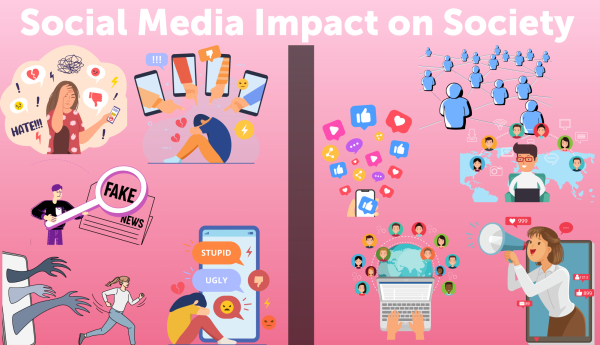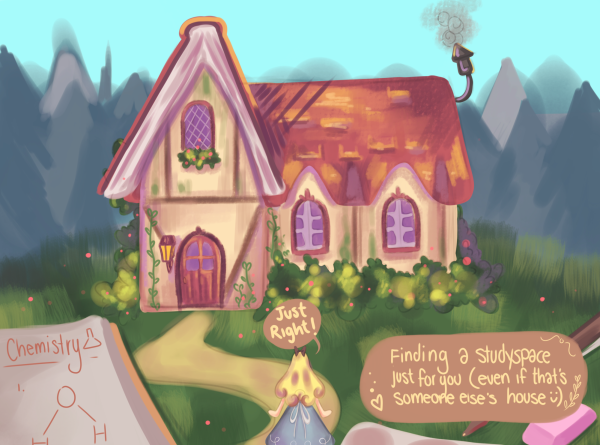AI Art: Beneficial or Threatening to Artists?
Artificial Intelligence has been taking over the world by storm. Technology has gotten smarter and stronger, causing creatives to question what art truly is.
With a rise in development of AI, there’s rising controversy over whether AI art is legitimate.
January 19, 2023
What once looked like a sketch of a poorly drawn human can now be turned into a fully rendered concept art piece. Thanks to the AI art generator, artwork that once took months can now be created in a matter of seconds. AI (Artificial Intelligence) art is on the rise.
The generators take art from pre-existing images on the internet and fuse them together to make a whole new piece. AI programs include DALL·E, Midjourney, and NightCafe. You put in a few words, click a button, and boom, “a masterpiece.” The programs use certain mathematic algorithms to generate pieces. The amount of time it takes to generate a piece varies in the complexity of the request.
“AI art is amazing in the sense that human technology has gotten so good that all you need to do to create a kind of unique painting is type in a prompt,” junior Diya Chand said. “But also, AI isn’t perfect, and sometimes it looks horrible.”
Some users of AI generators take their time to make their generated pieces, such as creator SkyCogs on DeviantArt. He uses Disco Diffusion, a program that creates AI art using noise instead of images on the internet. Artists like SkyCogs spend hours adjusting their pieces to add their own touches and correcting mistakes, such as adding some limbs — because, believe it or not, the genius that is AI tends to forget that most of us have arms and legs.
With AI on the rise, there are two sides for creators: either you love it or you don’t.
Most artists aren’t against it; they use it themselves to create or revise original pieces. Others consider it stealing. They don’t like the idea of taking other artists’ original artworks and merging them to make another piece, which in most cases the “creator” (of the AI-generated piece) calls their own.
AI art can be beneficial; it gives the ability to create art to those who don’t have it. Anyone can make AI art, which makes it an accessible and easy tool to use. When using programs that don’t contain images from the internet, AI art should be perfectly fine–or at least copyright-free. The users can add their own touches to their generated art to make it feel more lively. They should use the technology for their own personal use to feel encouraged and motivated to try to create original pieces, rather than using it to hurt other artists who dedicate their lives to creating original works.
Purists can argue that AI is a threat to artists, due to its knowledge in the field and how some generators can make computer-forged pieces look human-made. Since AI has grown rapidly and the technology has increasingly gotten better over the last few months, some believe that AI may drive artists out of jobs one day.
“If [art] can be made by a robot, why would I have to go to an artist?” sophomore Mawulawoe Melomey said. “Why would I have to appreciate something someone can do, if AI can just do it better? [Technology has gotten too dependable.] [I don’t think] that’s how you should be going about art, it’s not only about how it looks; it’s [also] about the technique [that the artist uses].”
However, art is subjective. Not everyone sees art in the same way — some consider AI as art and some don’t. Artists still have the upper hand, as they have more knowledge in the field (hence the fact that AI is not as smart as it may seem).
AI art may seem like a threat, but it can be beneficial to those who don’t have the artistic ability as well as to artists. It has given a chance for users to create pieces and feel the rush of creativity when doing so. It has risen in popularity, causing traditional and digital art to be more valuable. People should use the tool to inspire themselves to create rather than use it to harm other artists.
Everyone sees art in different things, as it’s unique and distinctive. “Art is not something that a person can define, as it’s different for everyone, and technology plays a big role in its development,” SkyCogs said.

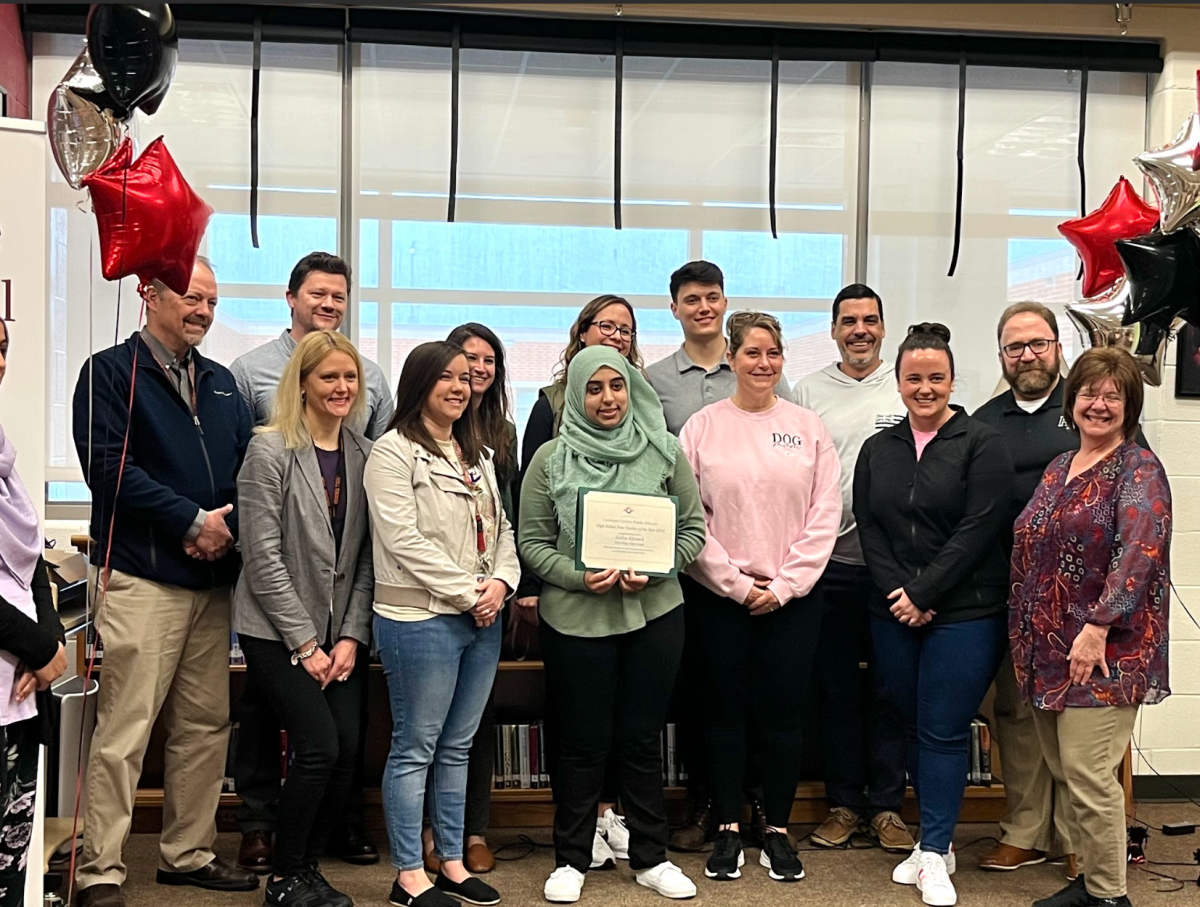
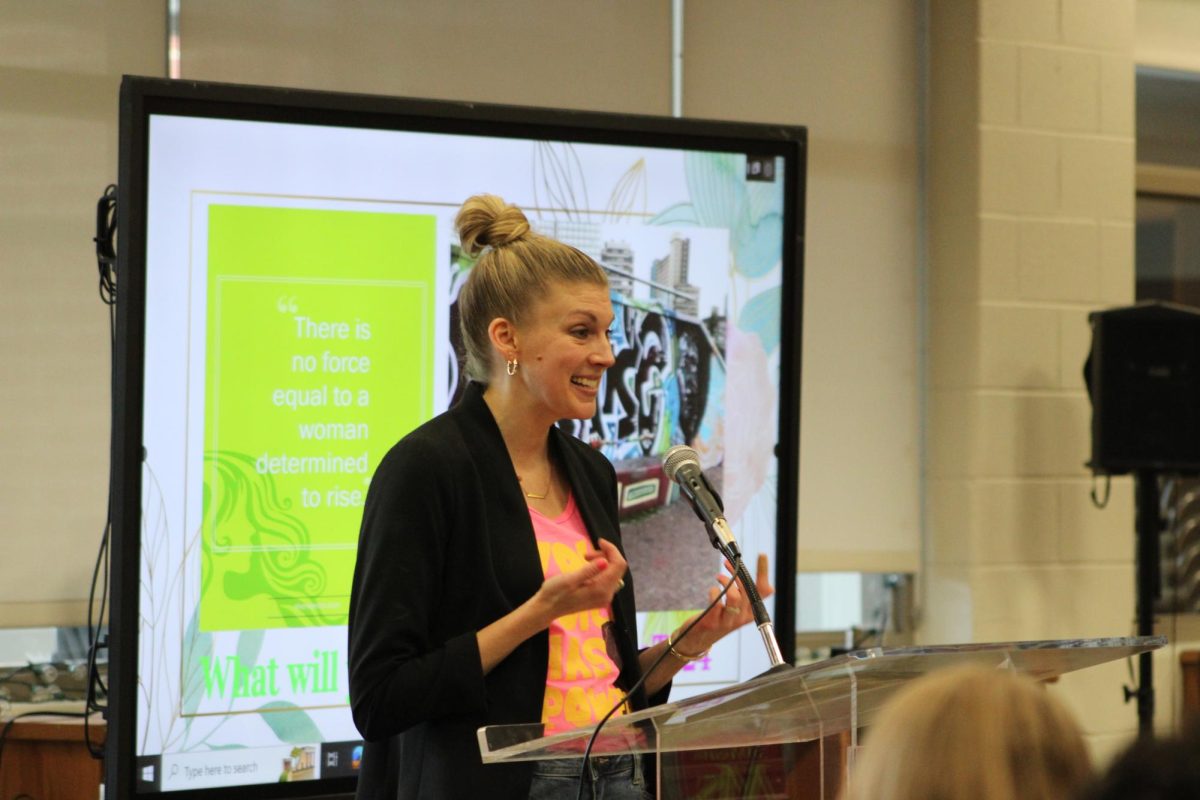
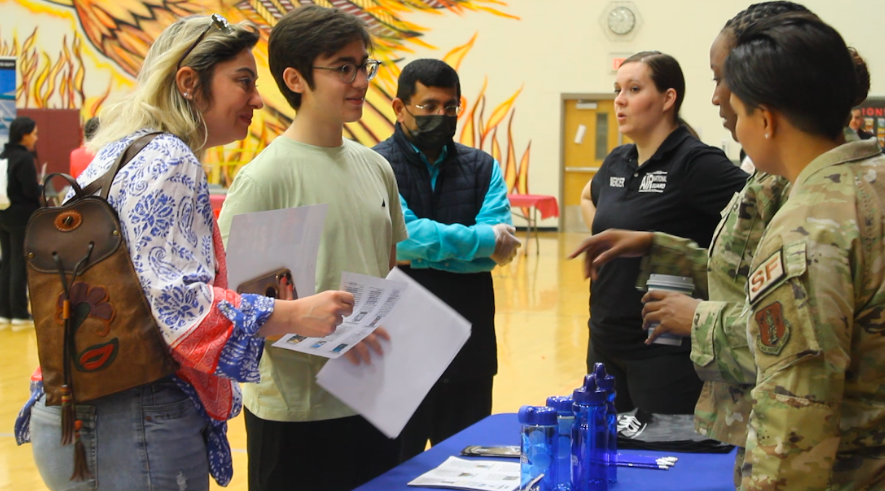
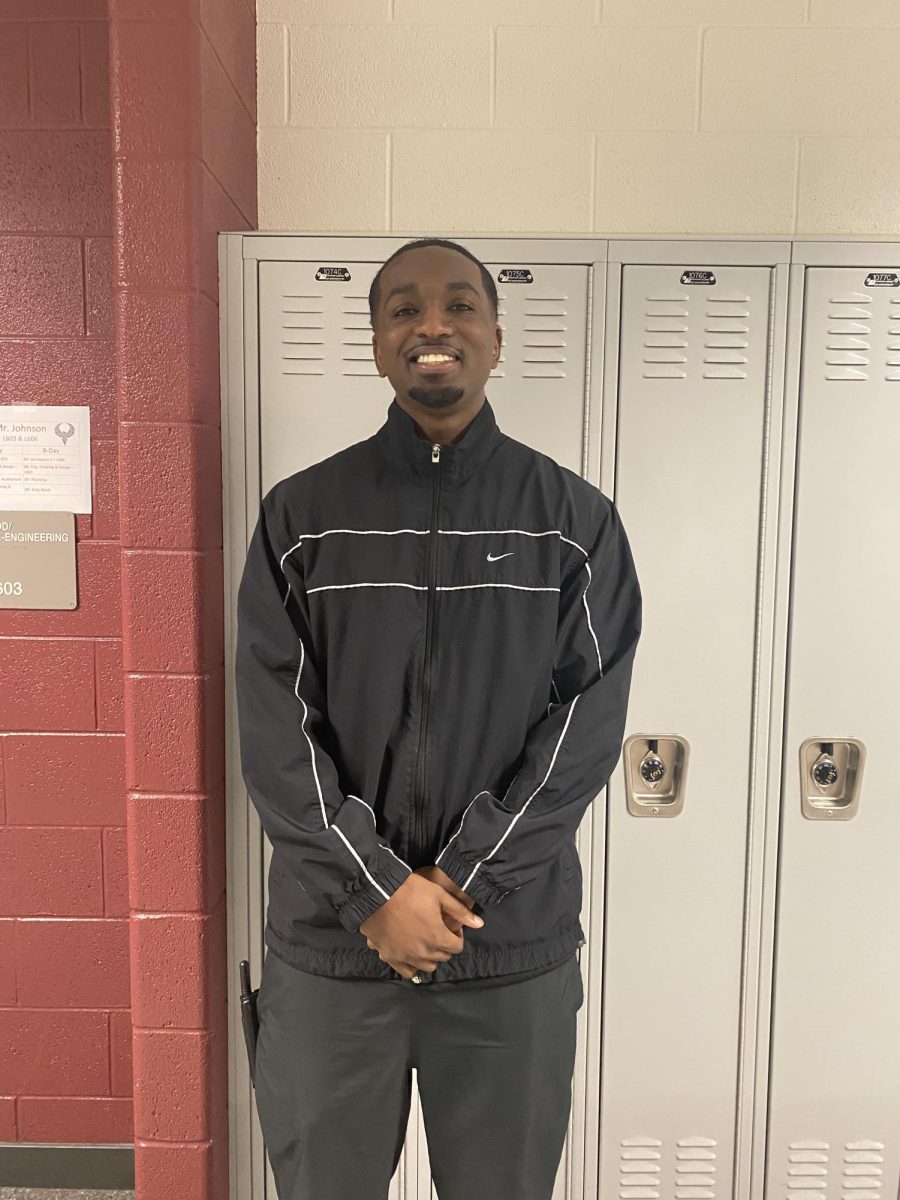
![Standing center stage, senior Ananya Akula conducts the Phoenix Chorale. “[Conducting and teaching] is really fun,” Akula said. “Music education is what I want to do.” On the day of the choir assessment, Akula found out that she received the President’s Music Scholarship – a full ride to the University of Miami Frost School of Music.](https://theblazerrhs.com/wp-content/uploads/2024/04/ananya-1200x800.jpg)
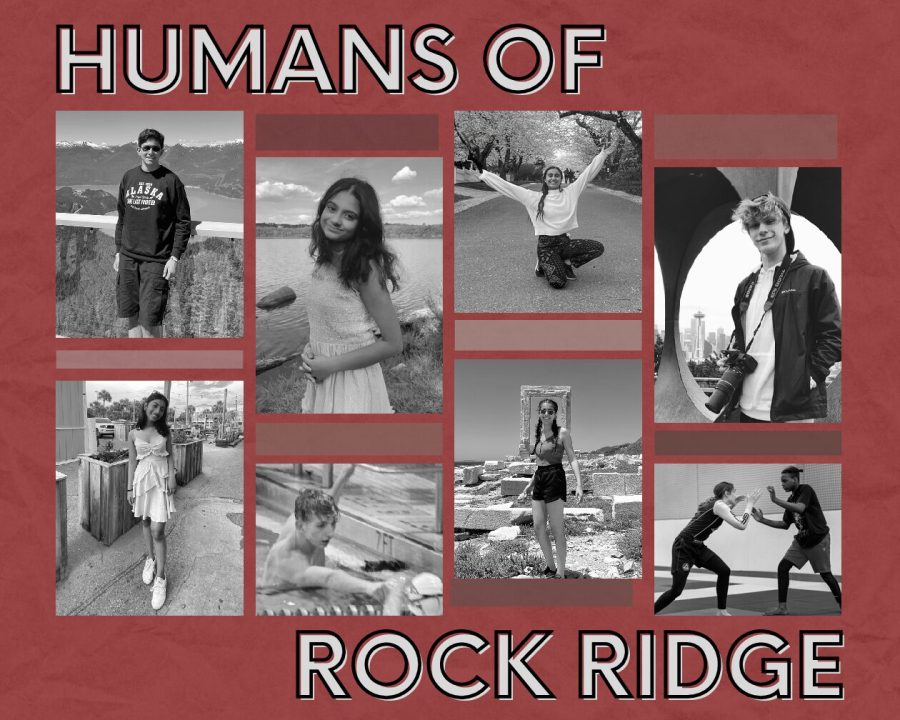
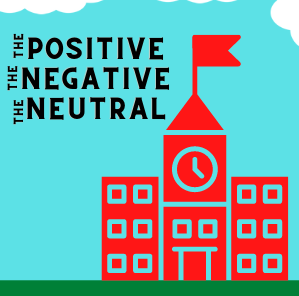
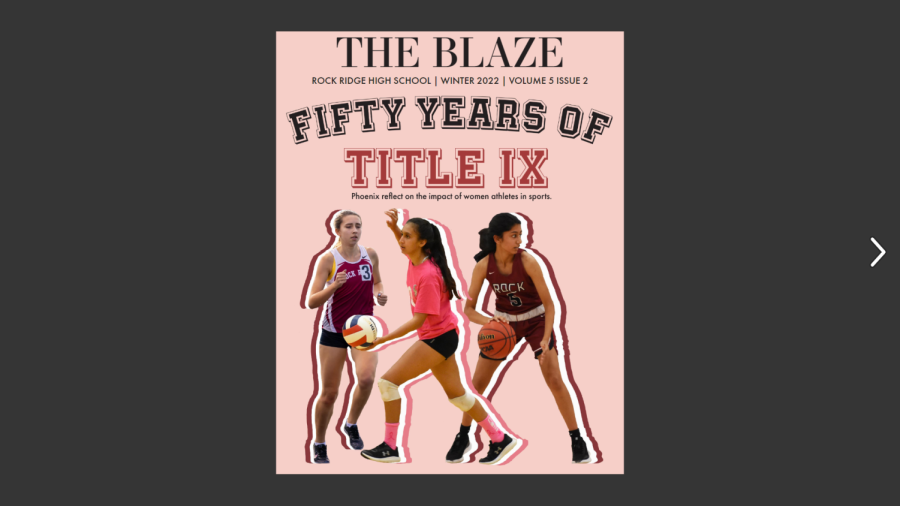
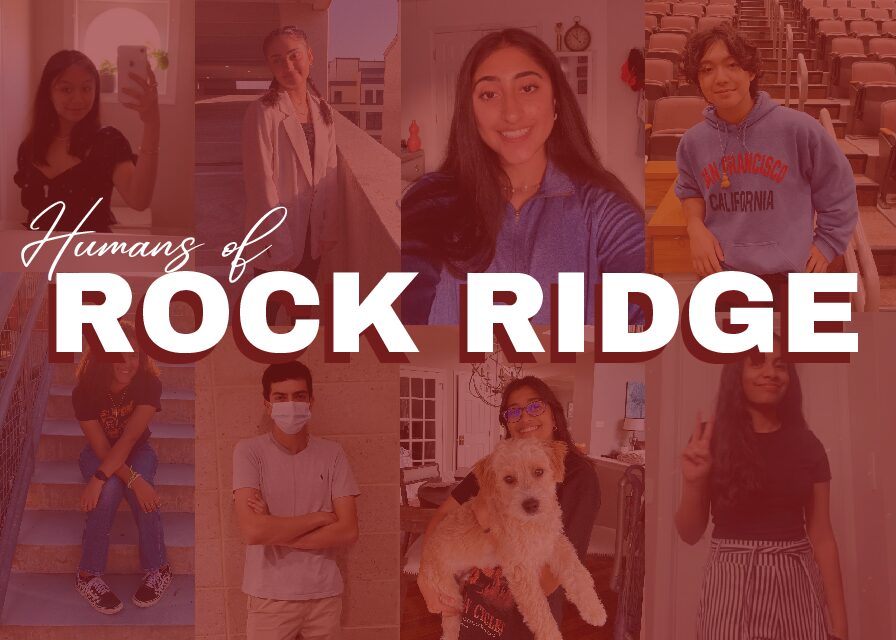
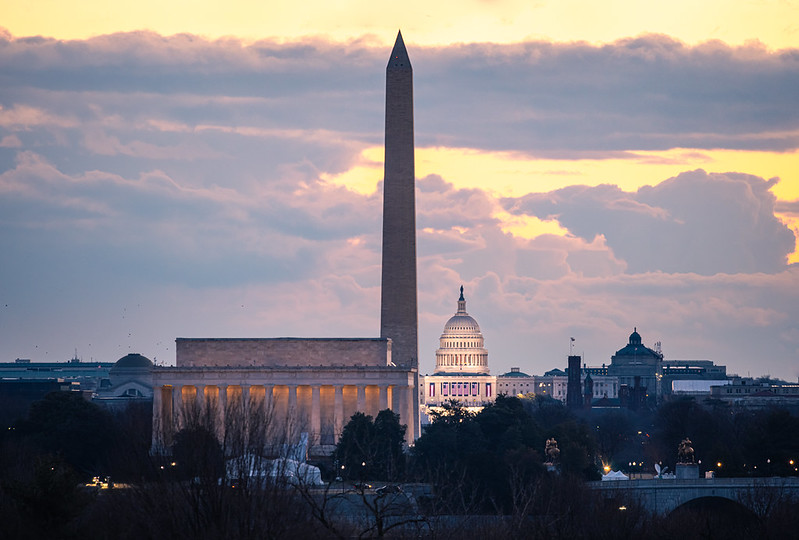
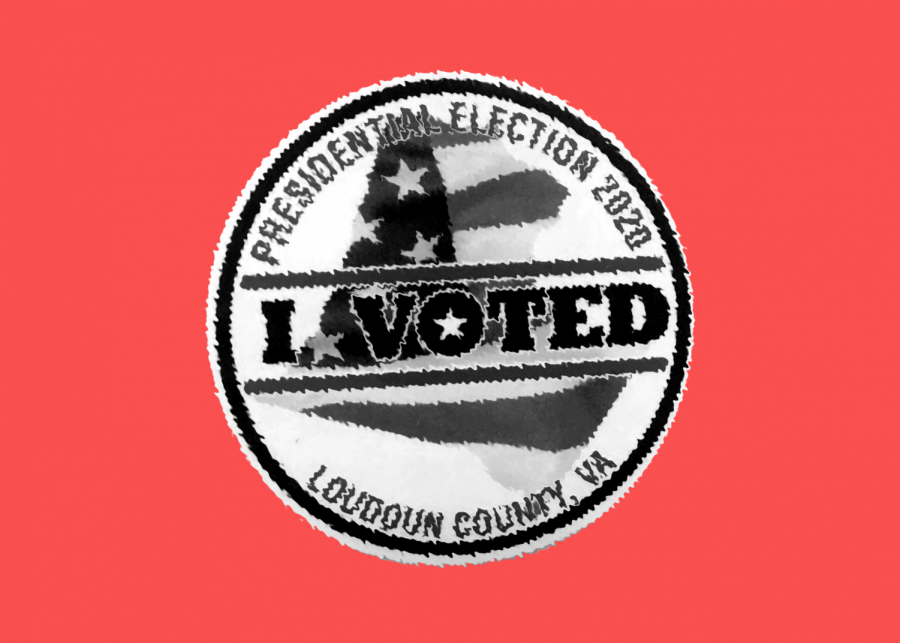
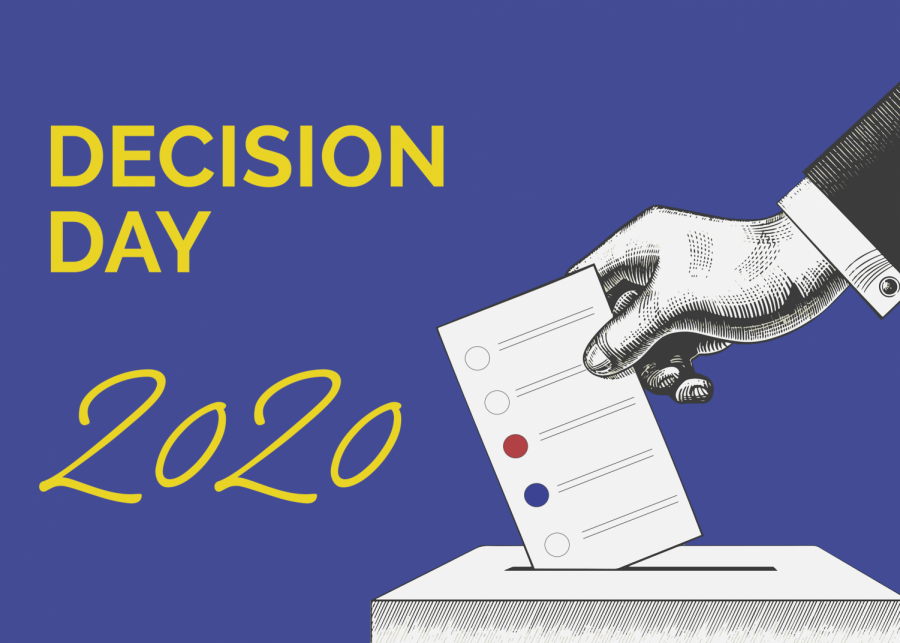
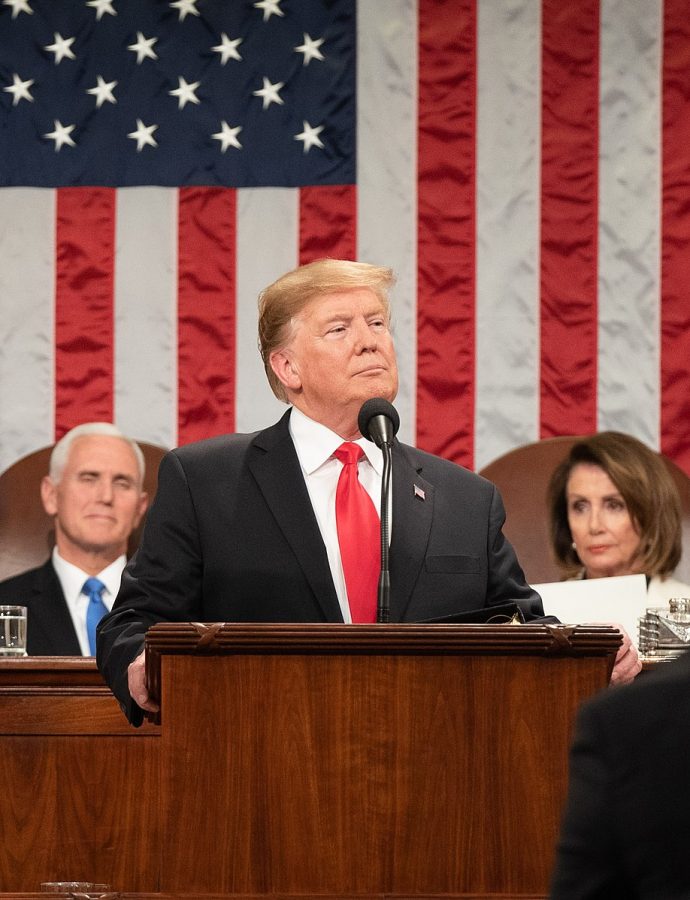
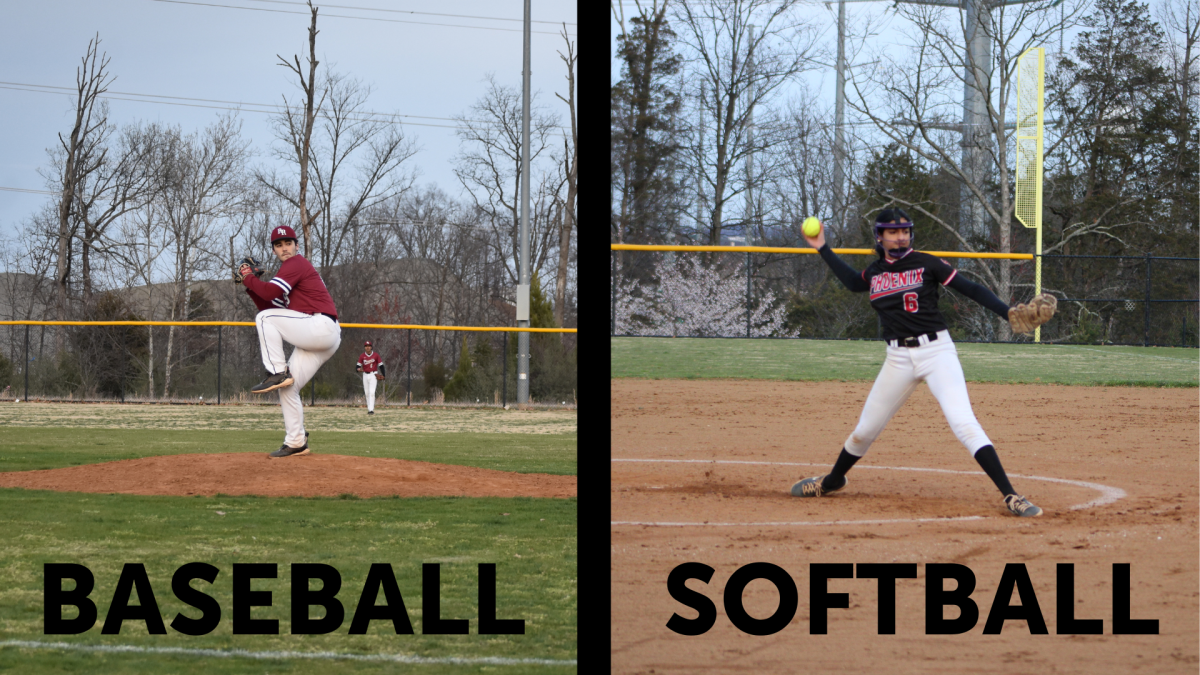
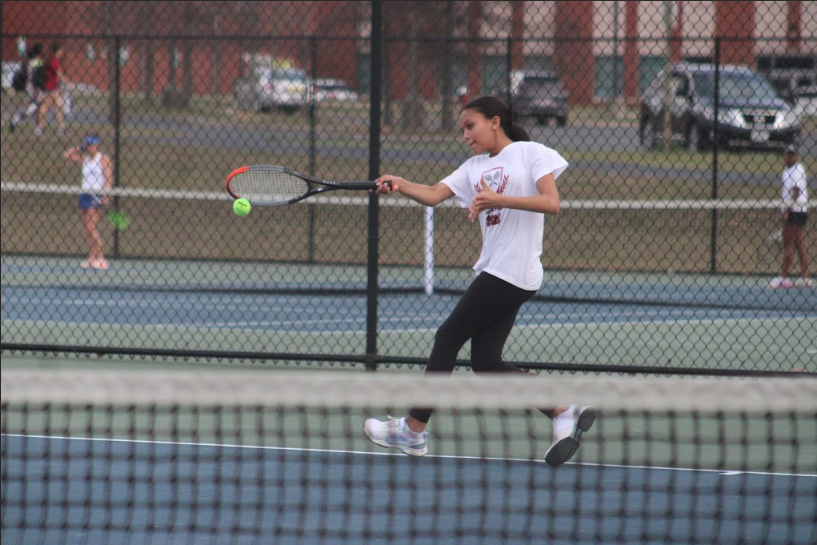
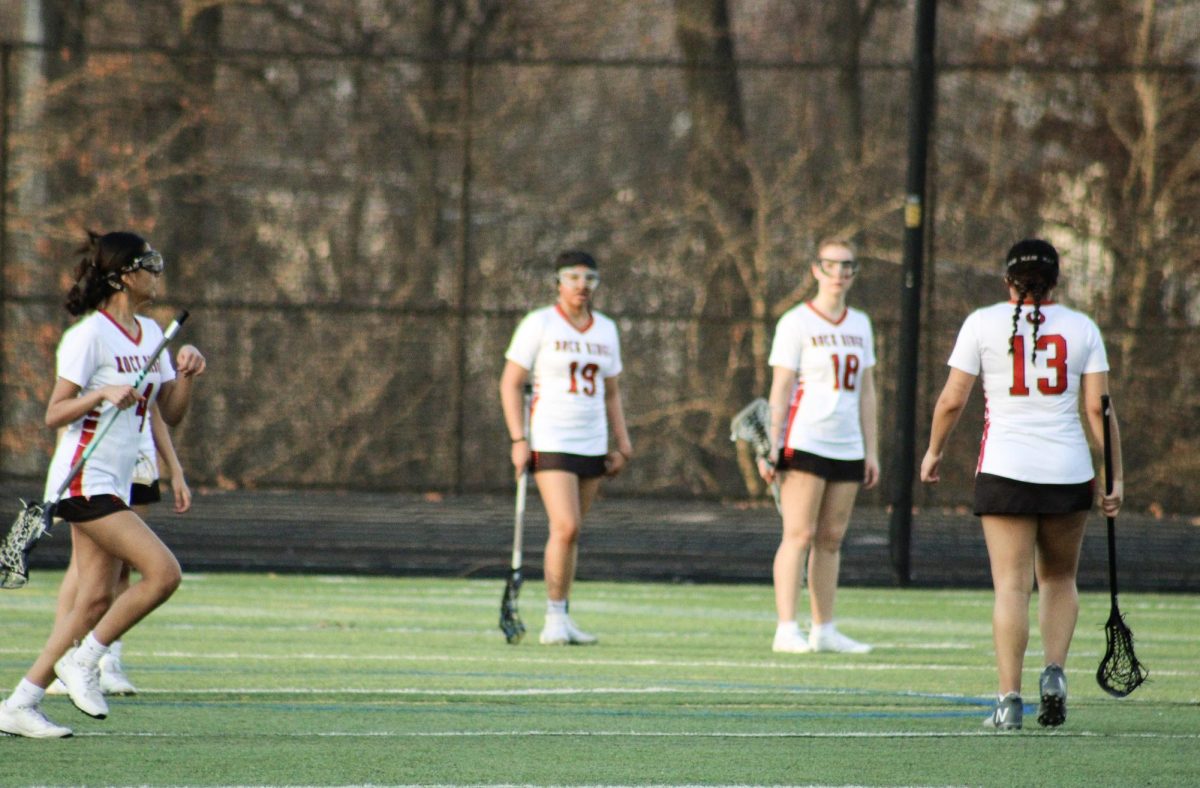
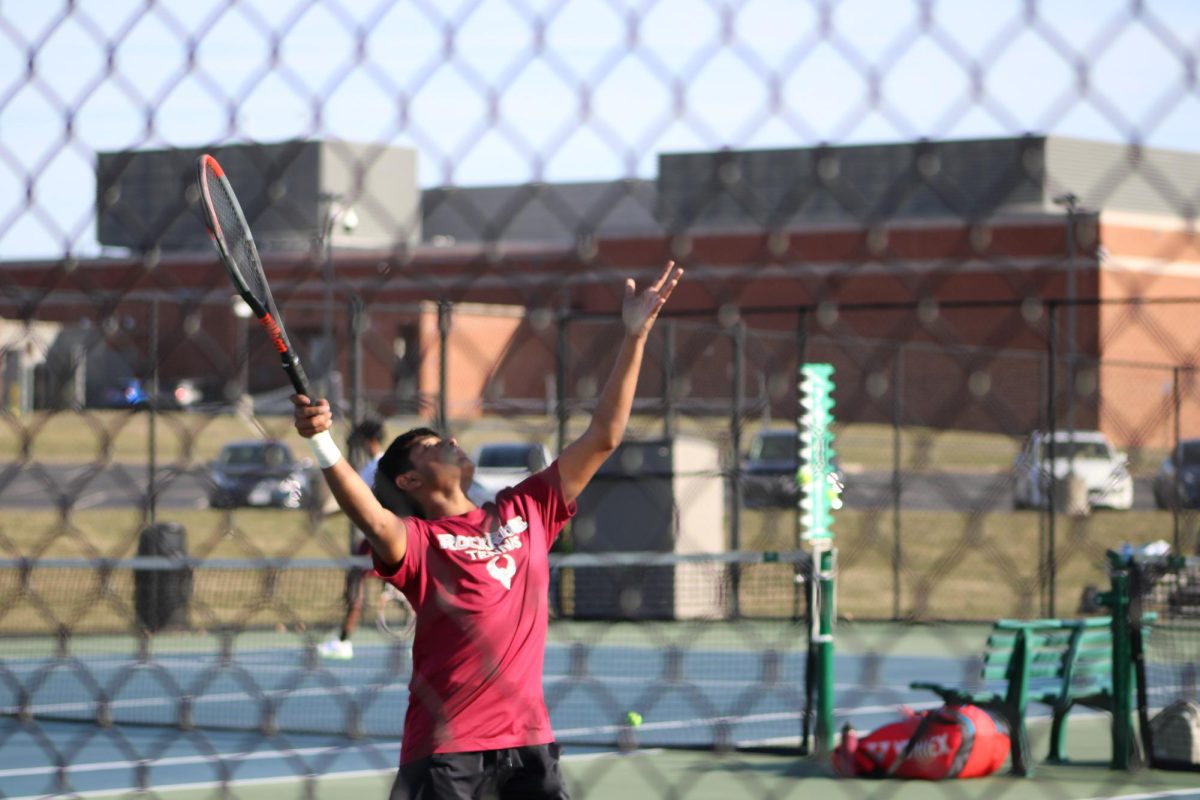
![With the energy and effort the Bolts were bringing to the game, the Phoenix had to step up and match them to make it through their first game of the season. Many of the girls on the team, including freshman Nazly Rostom, have been playing soccer since their childhood and have grown a love for the sport as a result. “It was fun to see how we actually played in a [real] game,” Rostom said. “Even though the outcome was not what we were hoping for, I’m still happy we got to play together.”](https://theblazerrhs.com/wp-content/uploads/2024/04/DSC_0154-1200x800.jpg)
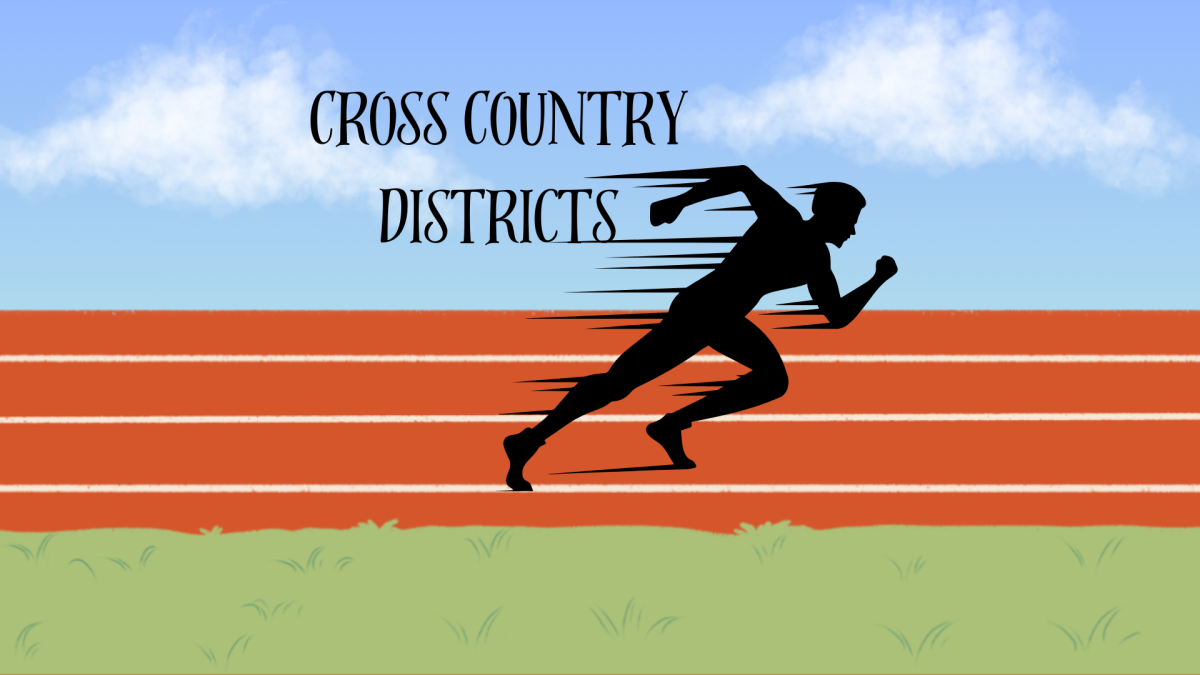
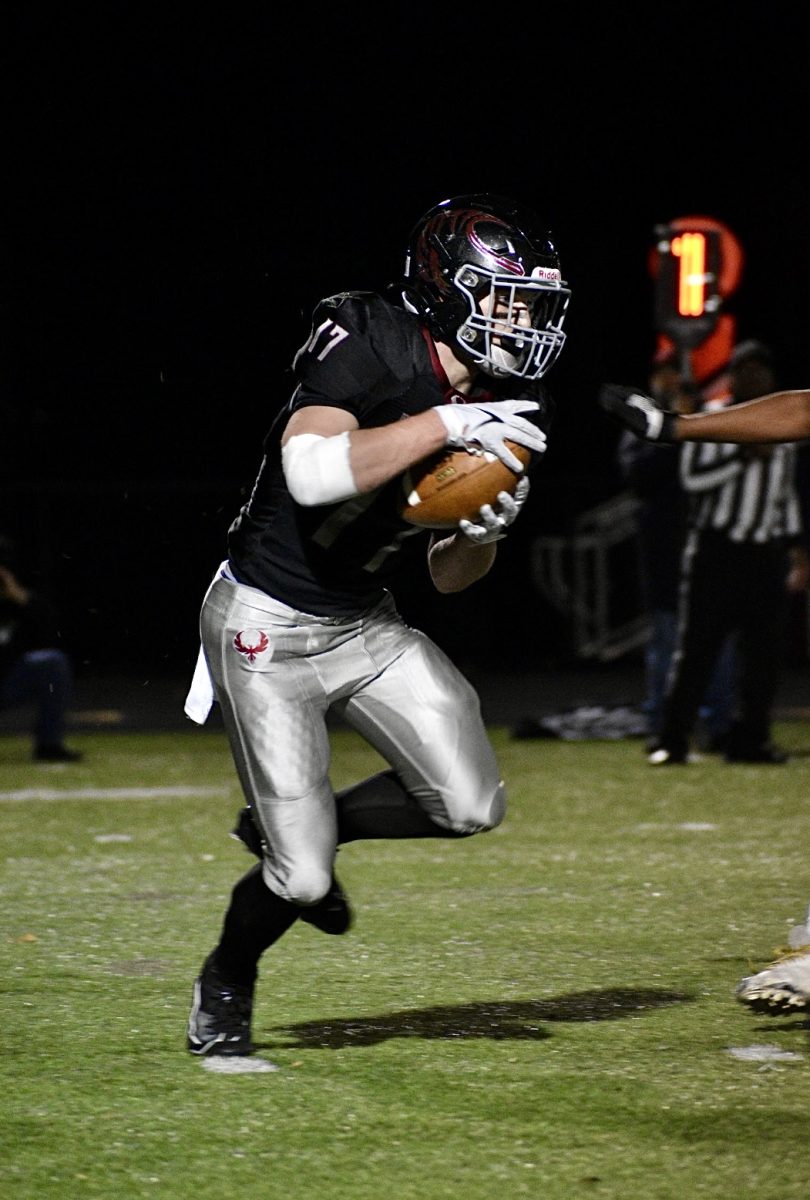
![Held up by a group of cheerleaders, flyer sophomore Leyu Yonas poses as part of a stunt, also supported by flyer junior Shayne Mitchell behind her. (Left) Prior to the pink out football game on Oct. 13, the athletes practiced in the aux gym from 5 p.m. to 6:30 p.m. (Right) On Oct. 19, the cheerleaders competed in their District Championships at Woodgrove High School. “We definitely put all our effort on the mat [at Districts], and it showed,” Mitchell said. Left: Photo by Nadia Shirr. Right: Photo by Steve Prakope via Victor O’Neill Studios.](https://theblazerrhs.com/wp-content/uploads/2023/11/feature-image-1200x823.png)
![Sophomore Xavier Smith (6), the Phoenix quarterback, runs the ball as his teammates help hold up the defense. “My [offensive] line collapses, so I just [have to run], and its a good way to get first downs because [Tuscarora’s] defense was really good,” Smith said.](https://theblazerrhs.com/wp-content/uploads/2023/11/IMG_5383-1200x897.jpg)
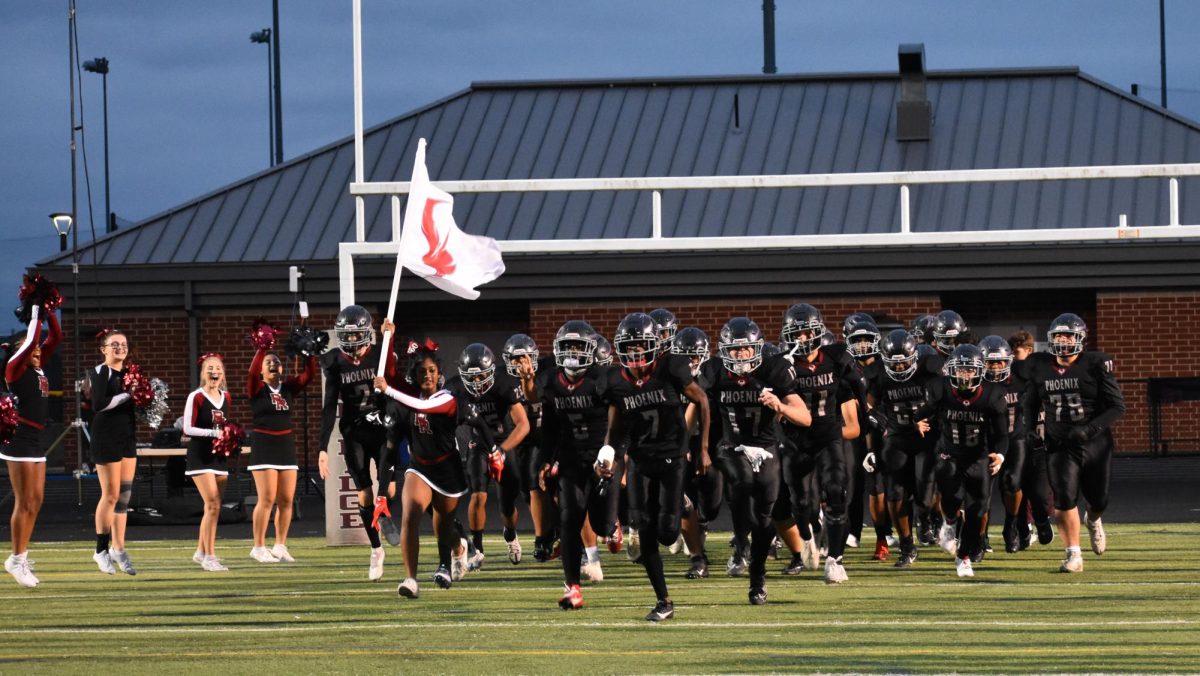
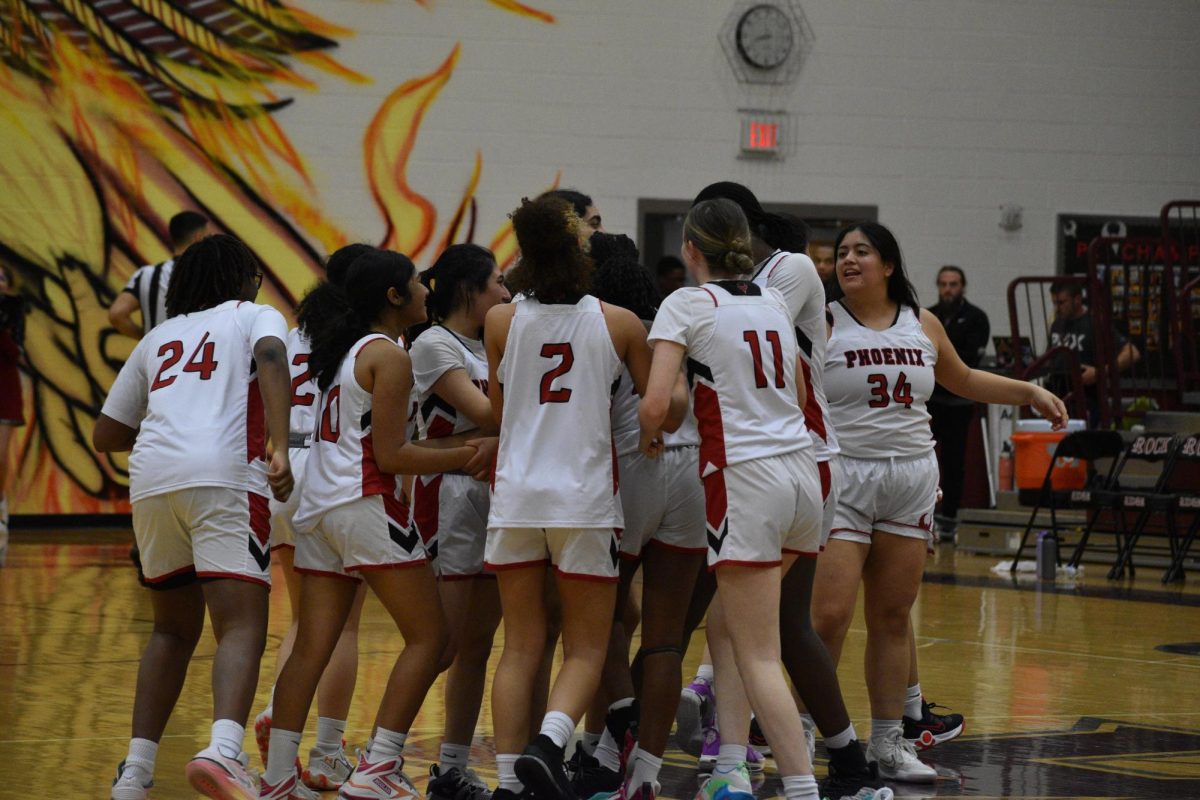
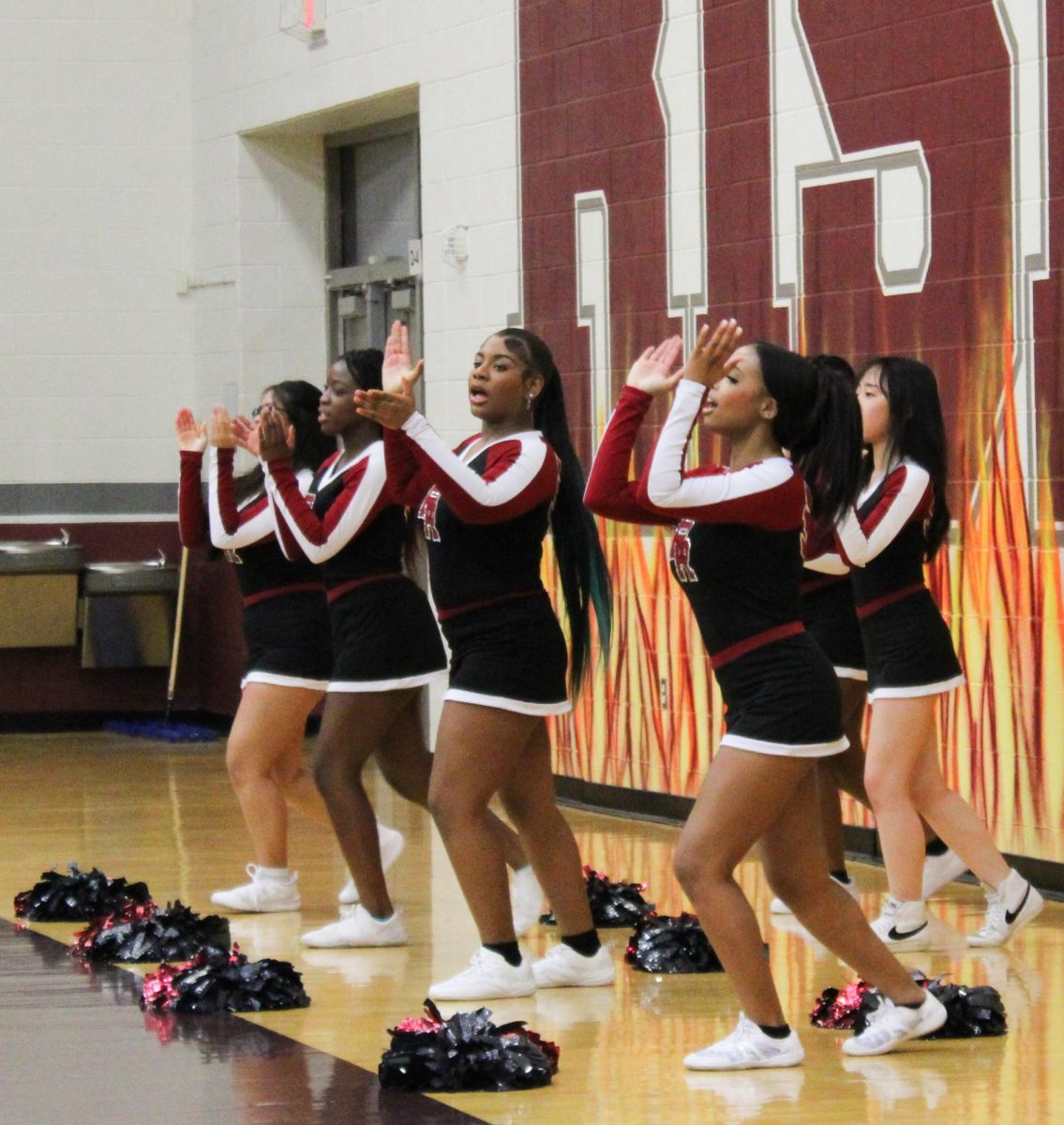
![As the referee throws the ball up for the tip-off, freshman Simone Diby leaps towards the ball to get it in Phoenix possession. Diby is a new member of the Phoenix girls basketball team, and despite it being a change, she finds it enjoyable. “It’s definitely a different experience if you’ve never played on a team, [but] I think it’s still fun.”](https://theblazerrhs.com/wp-content/uploads/2024/03/DSC_0057-1200x662.jpg)
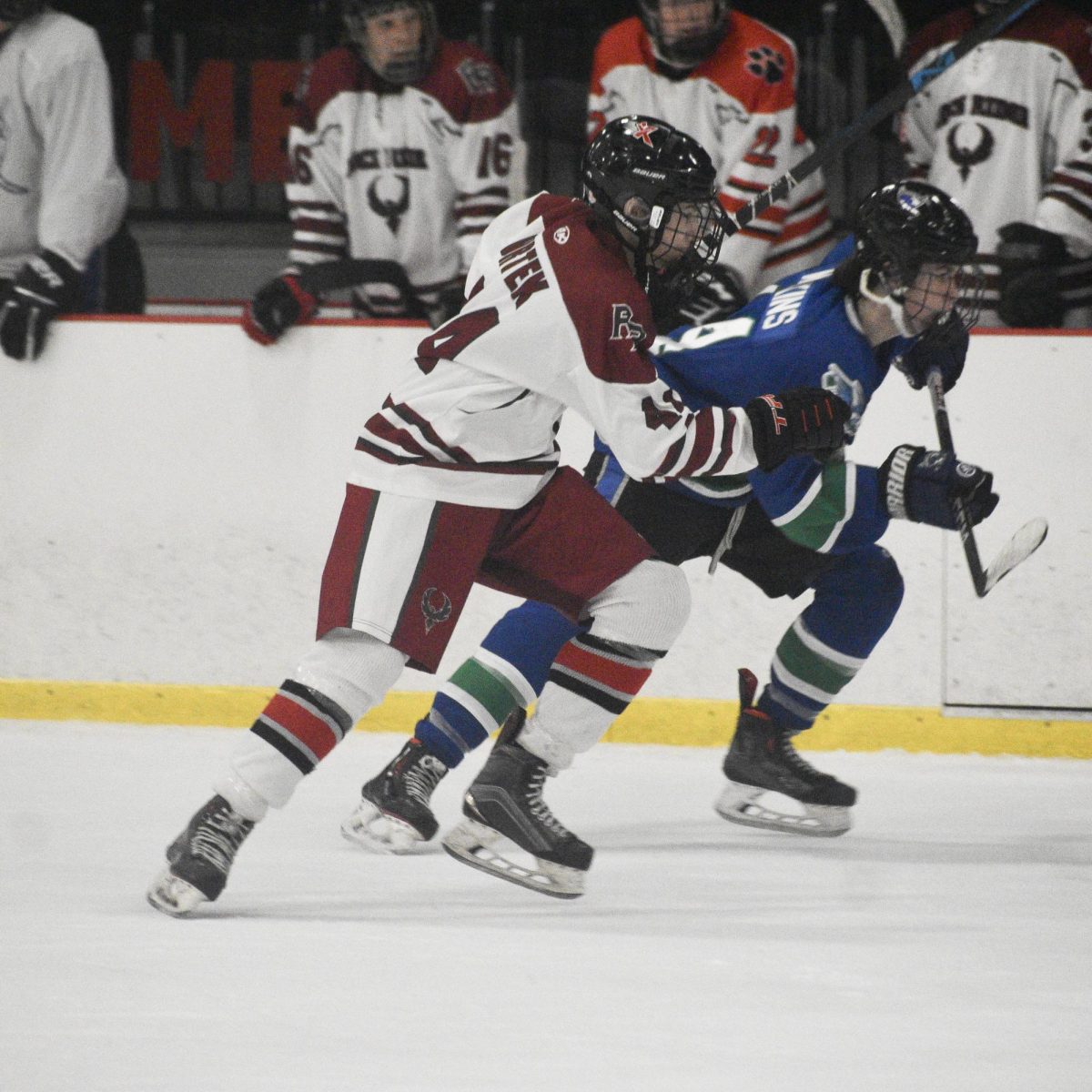
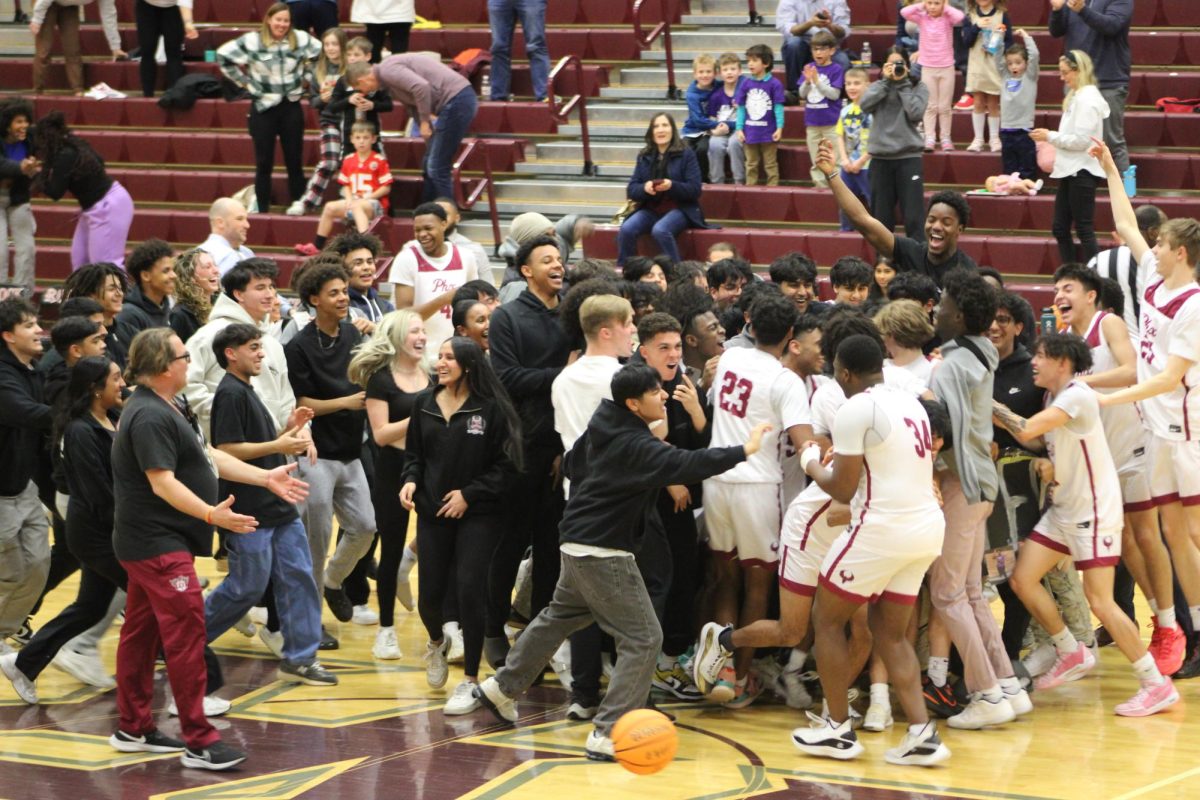
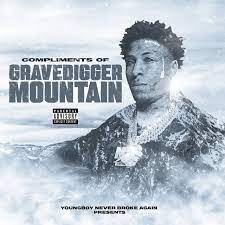
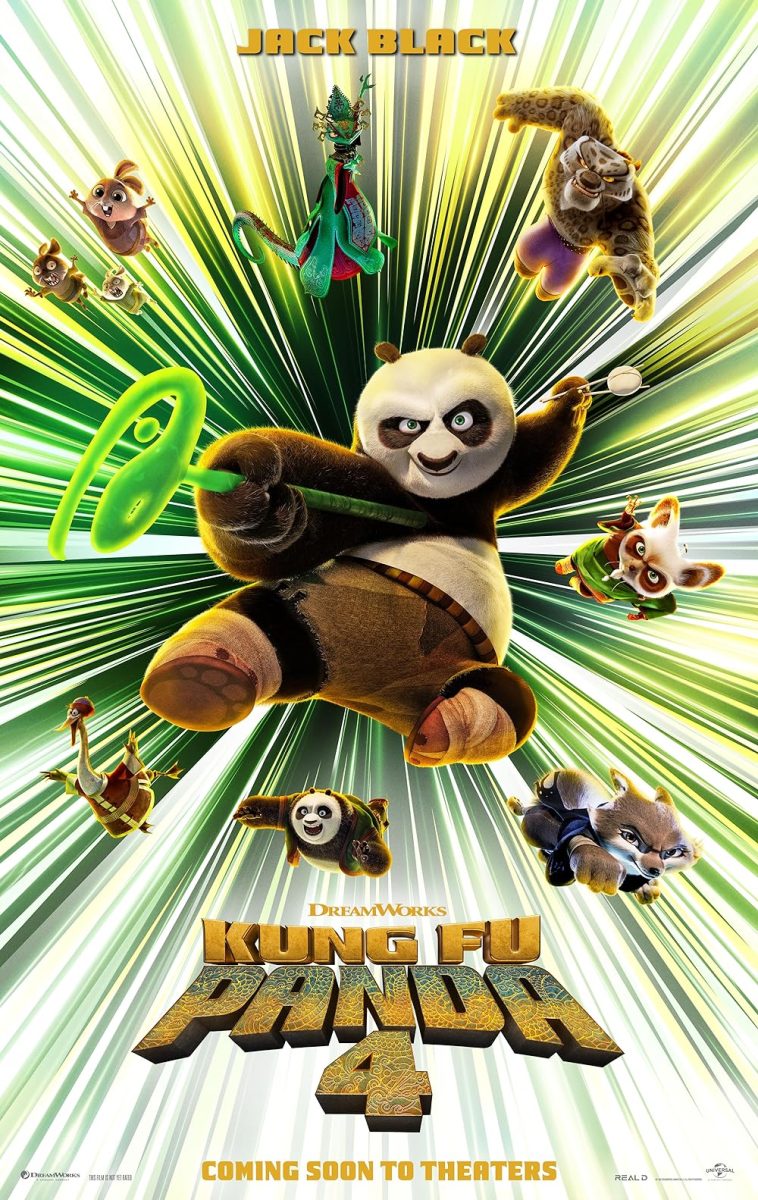
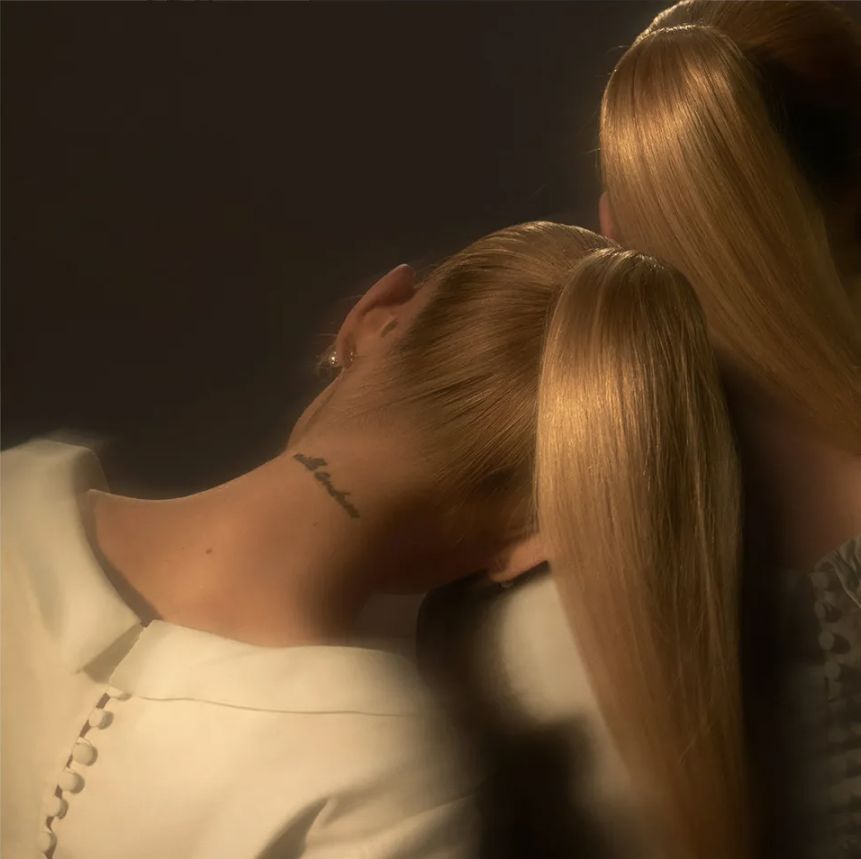
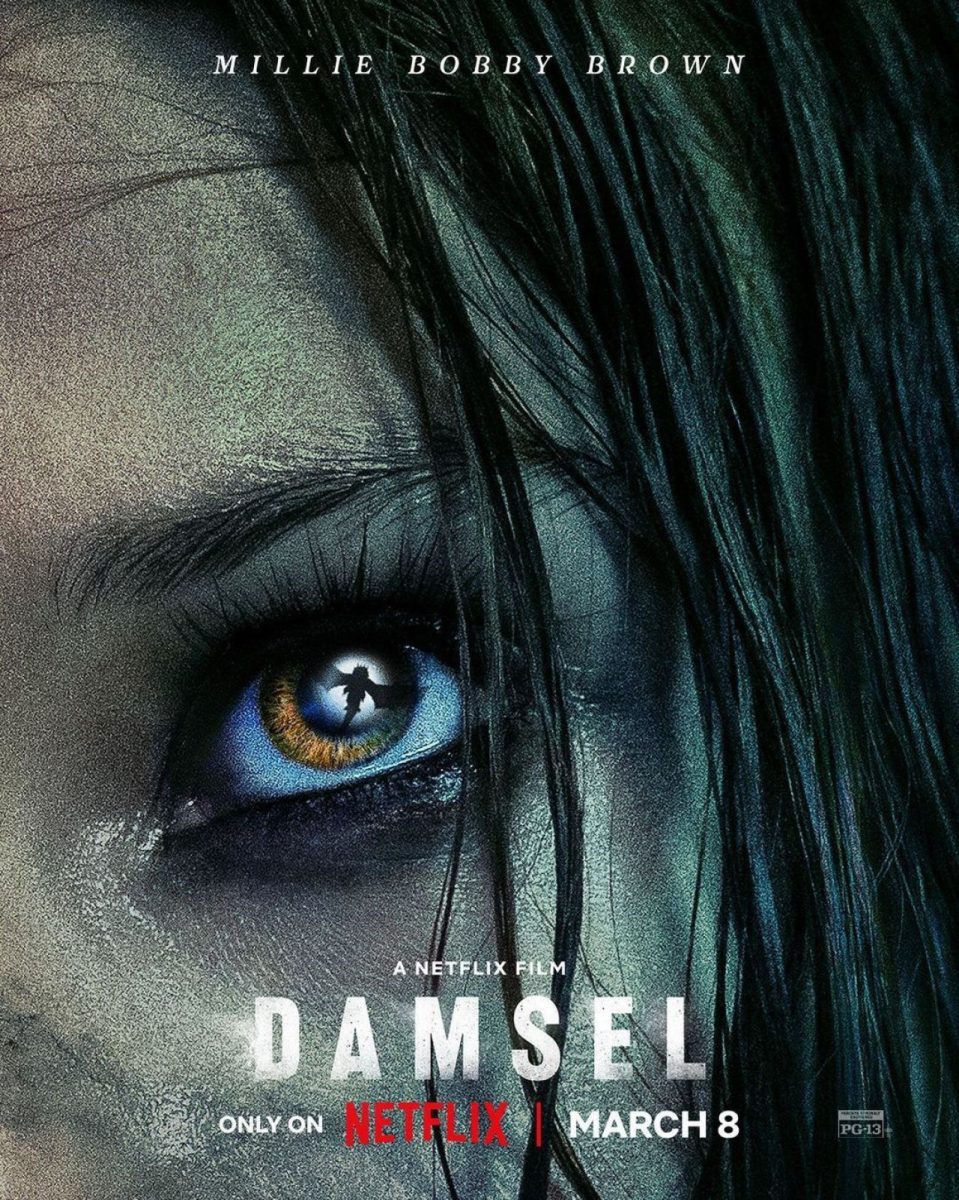
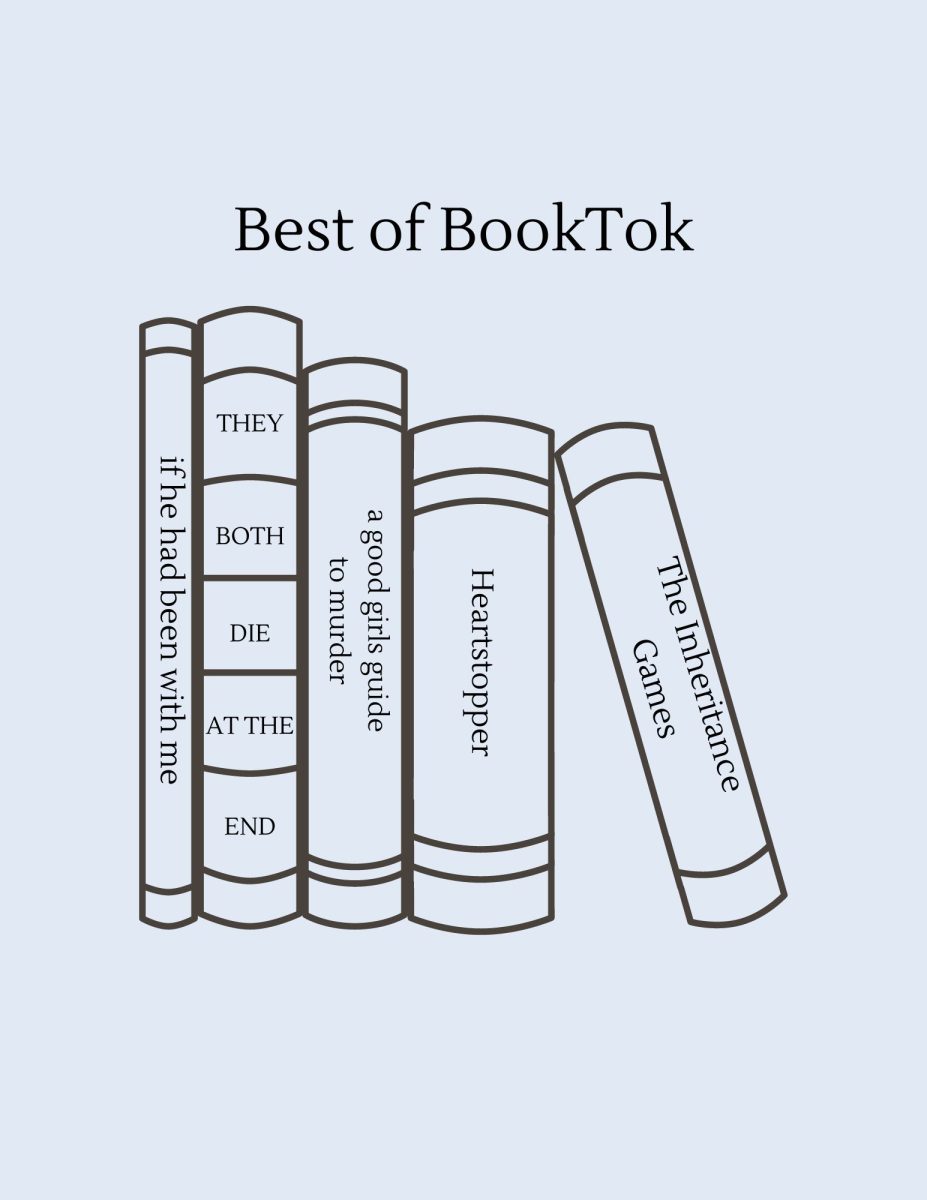
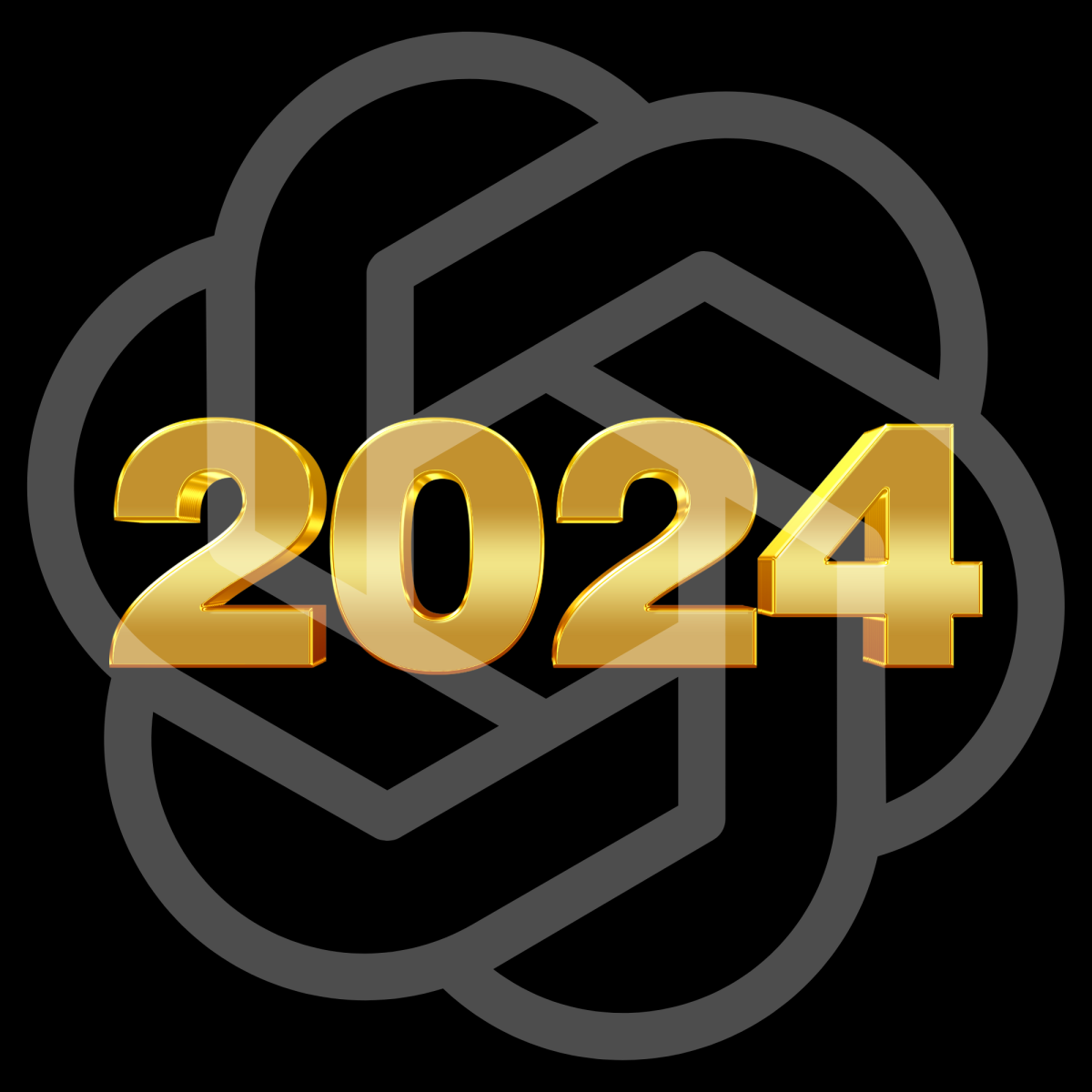
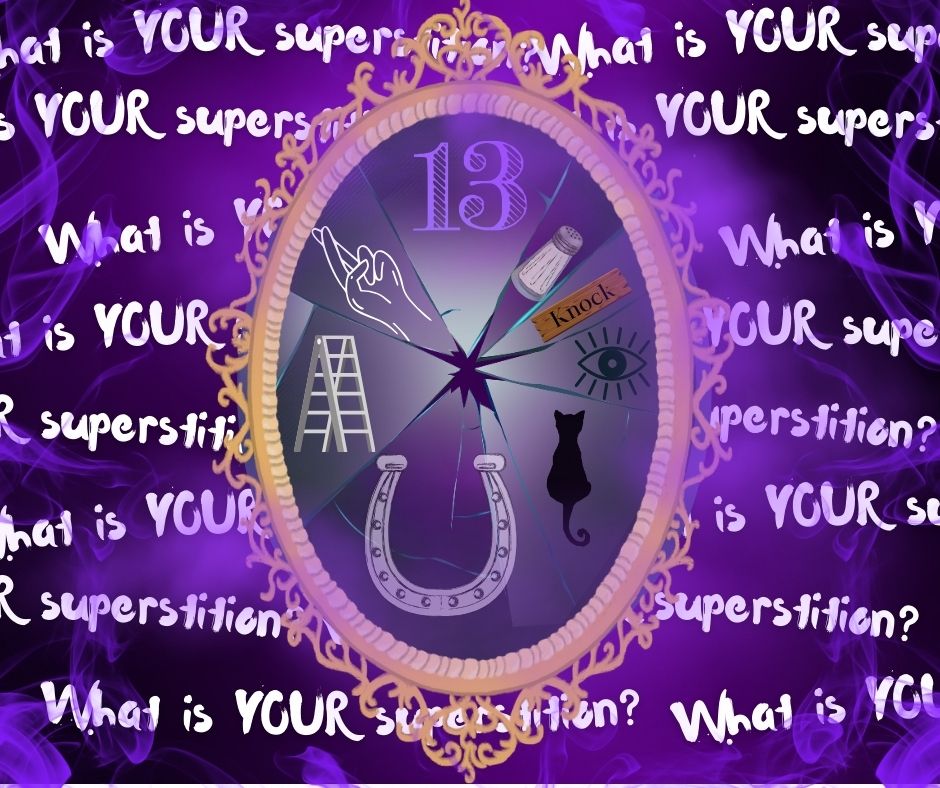
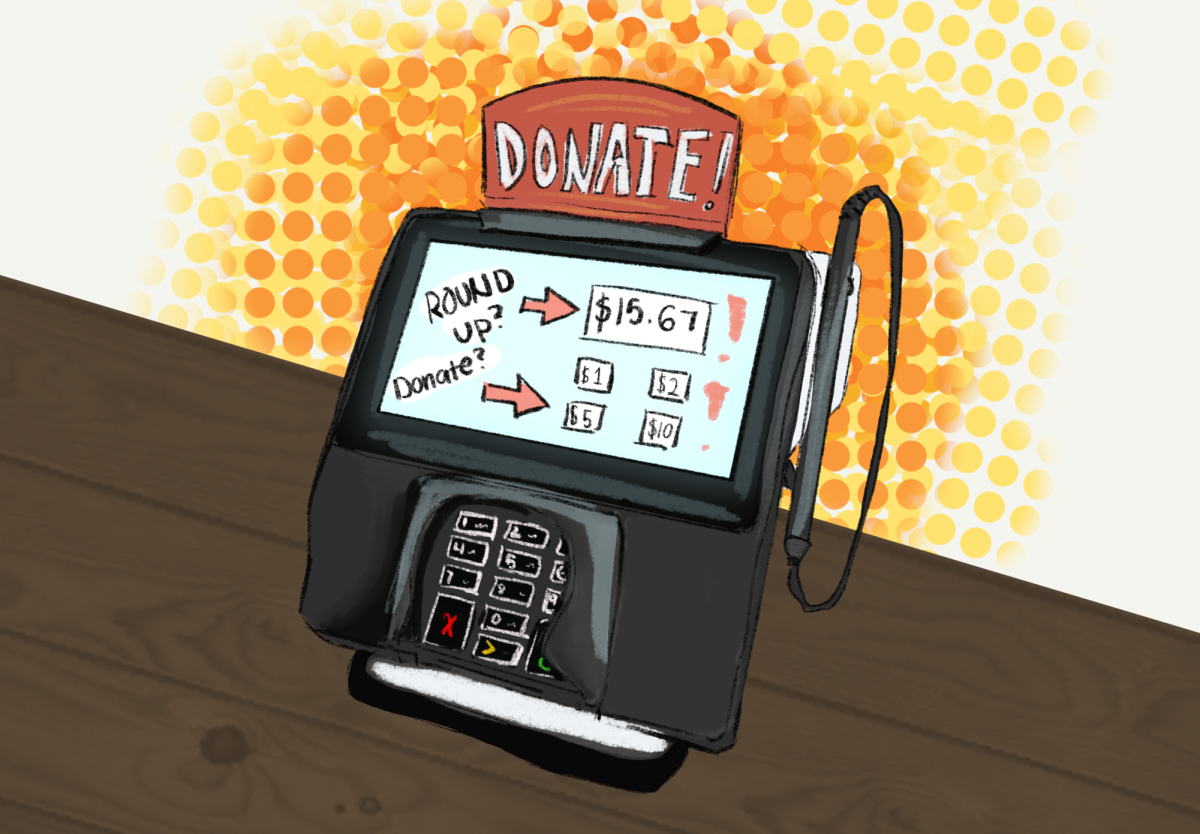
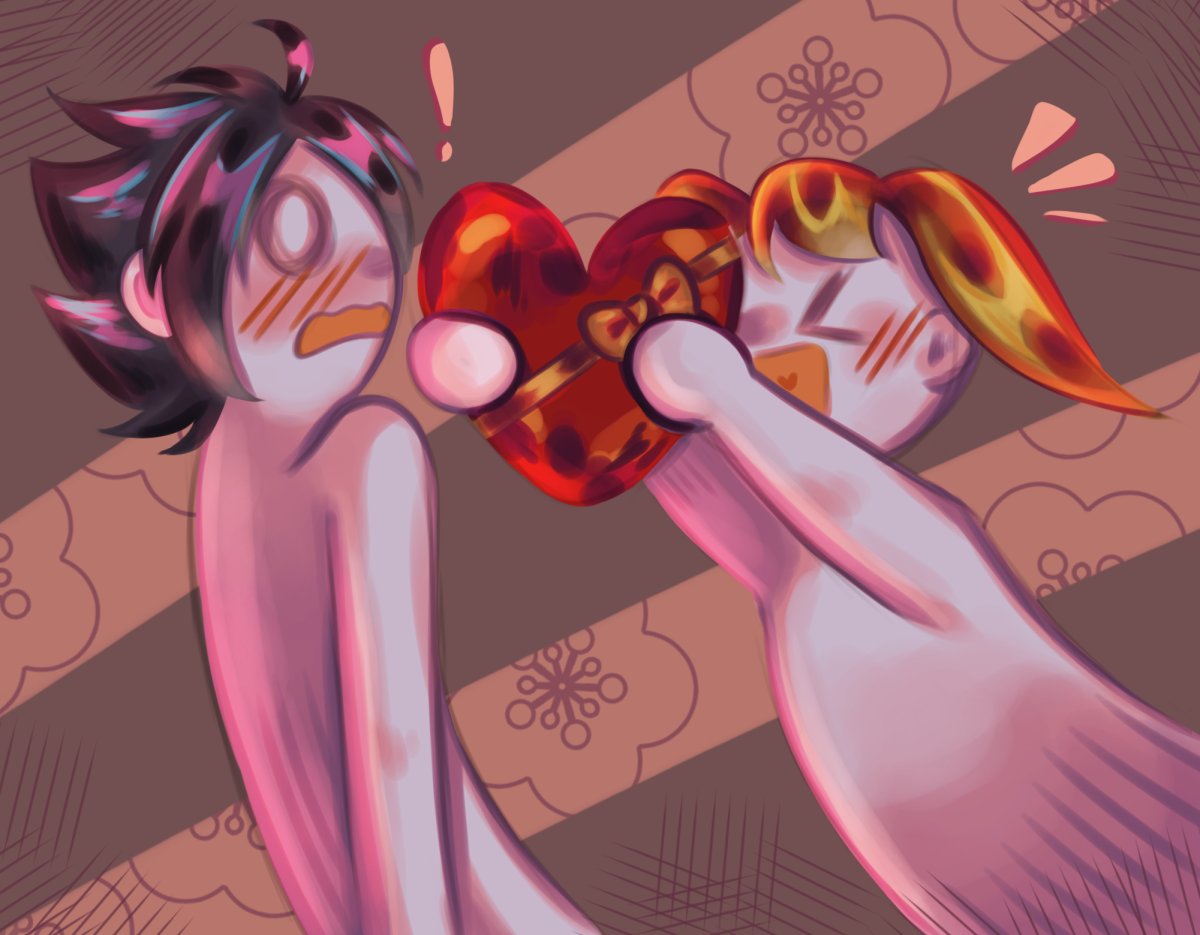
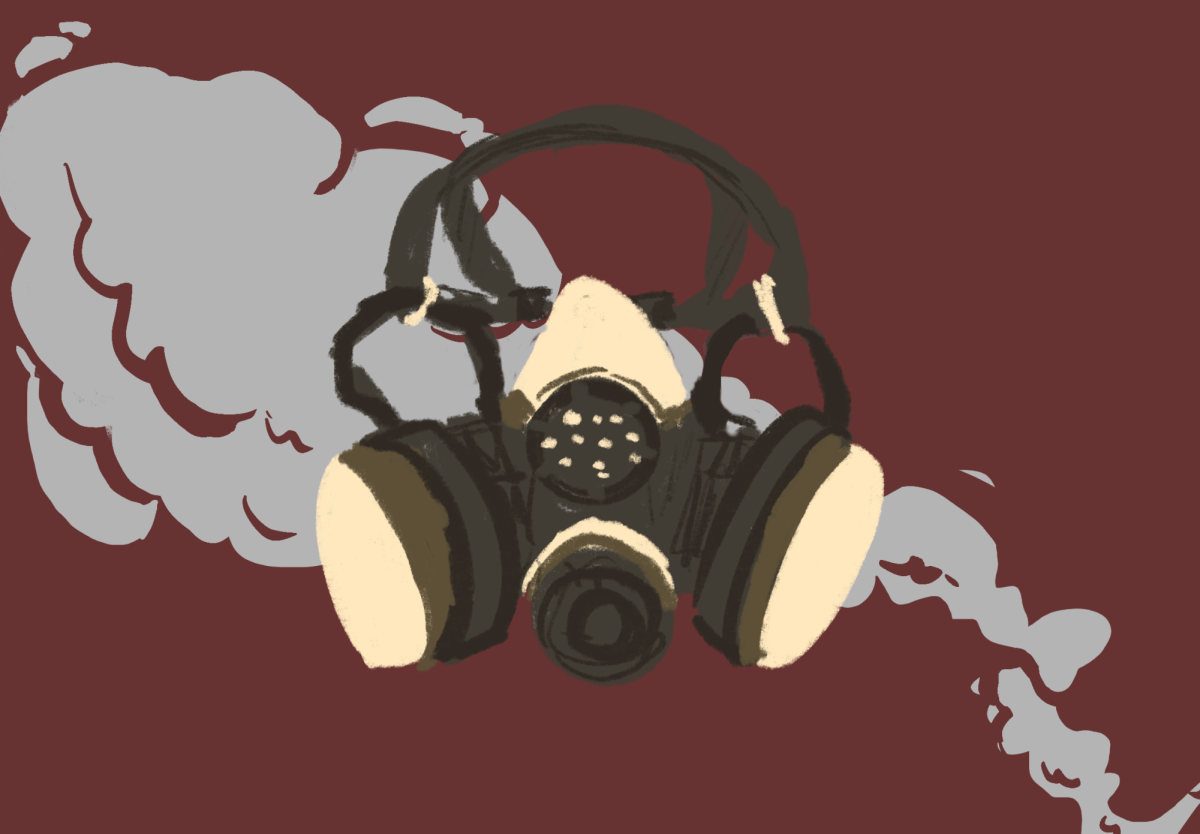

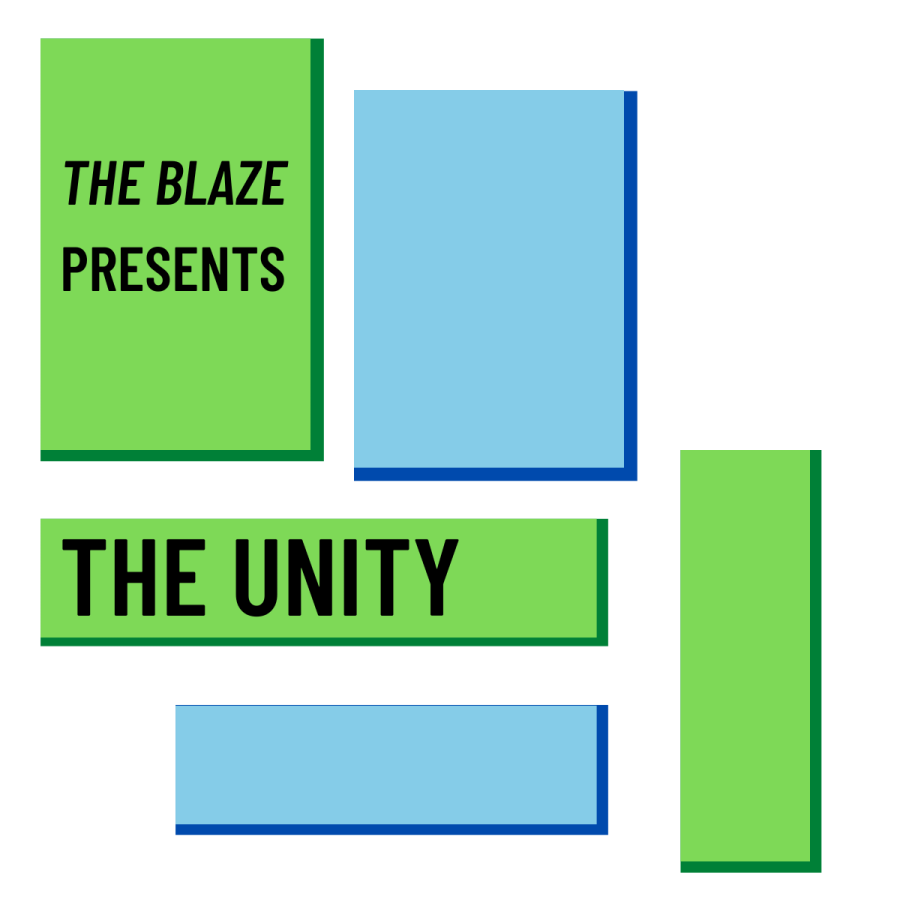
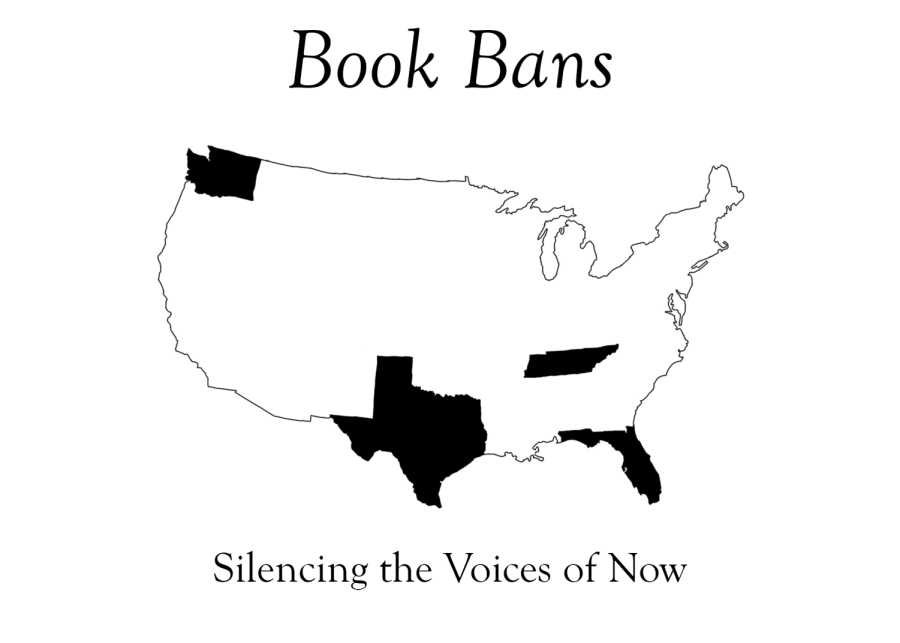
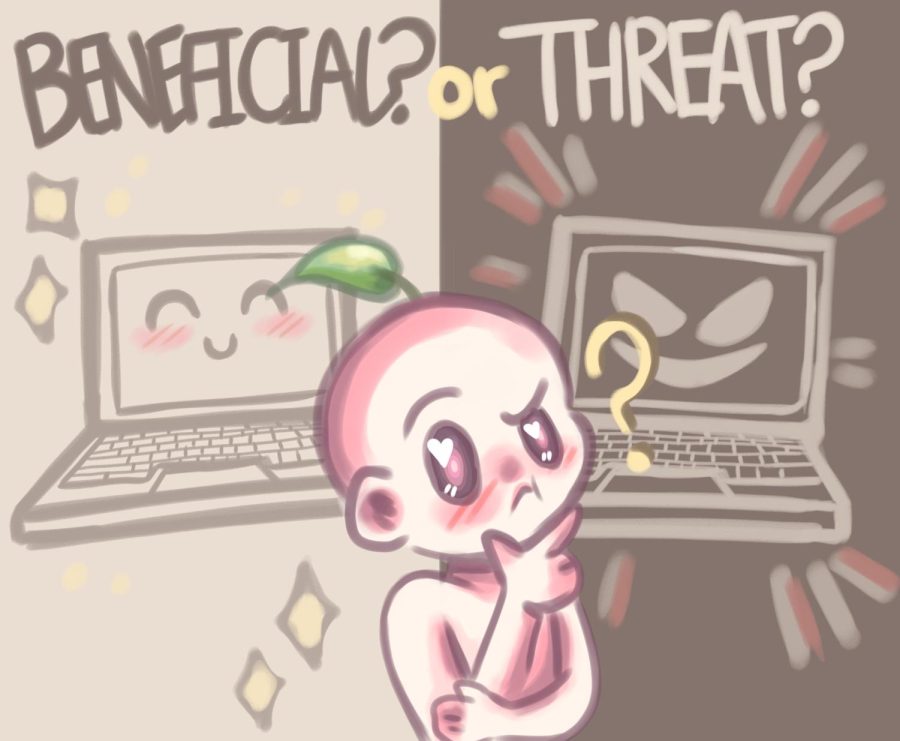
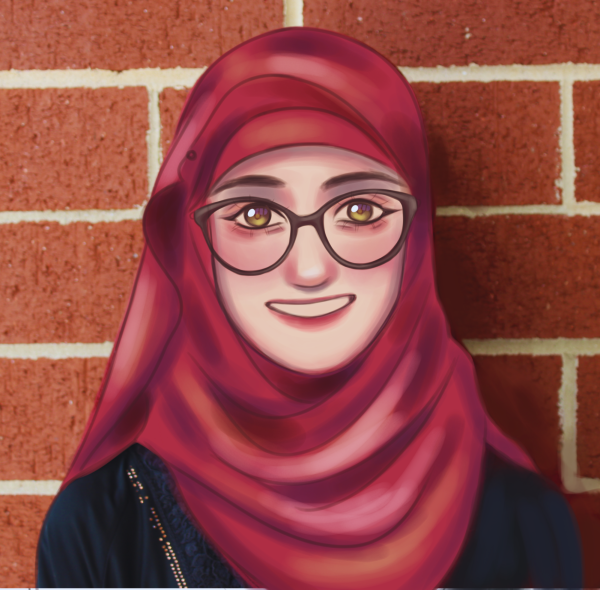
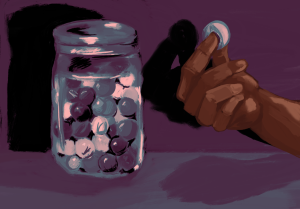
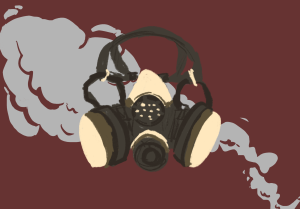
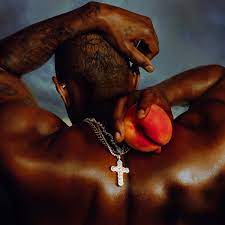
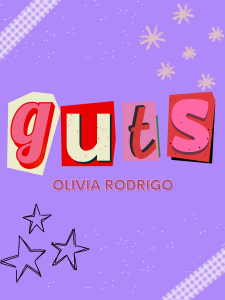
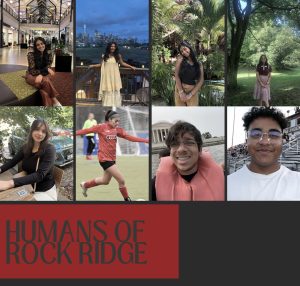


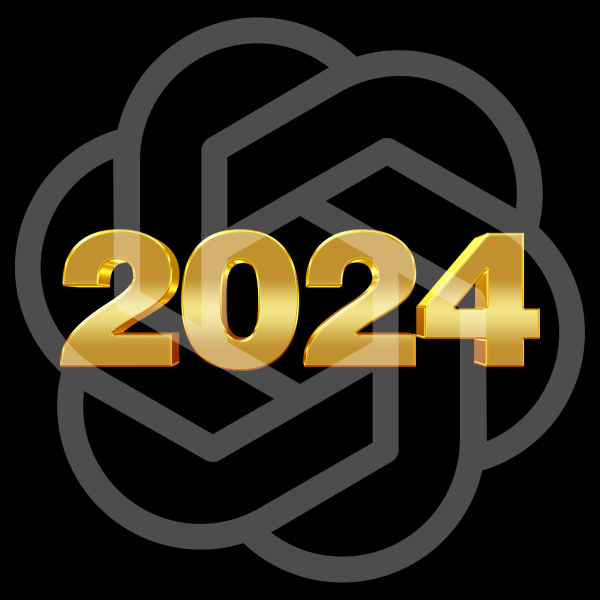
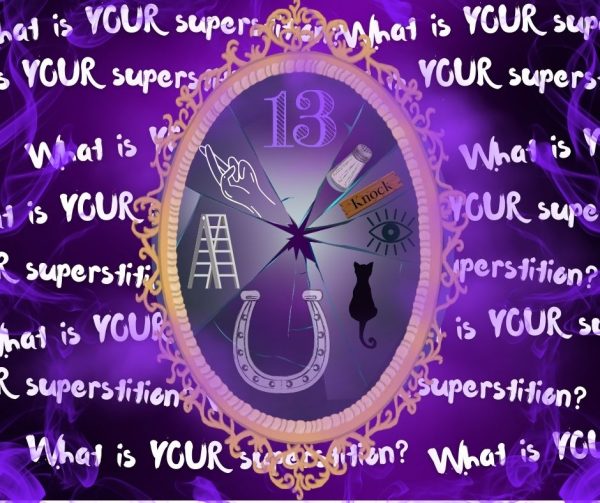
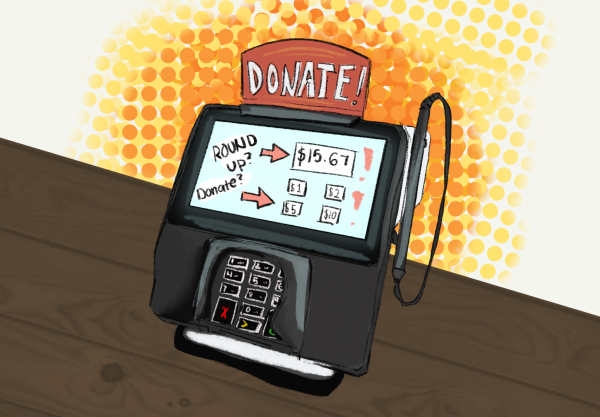
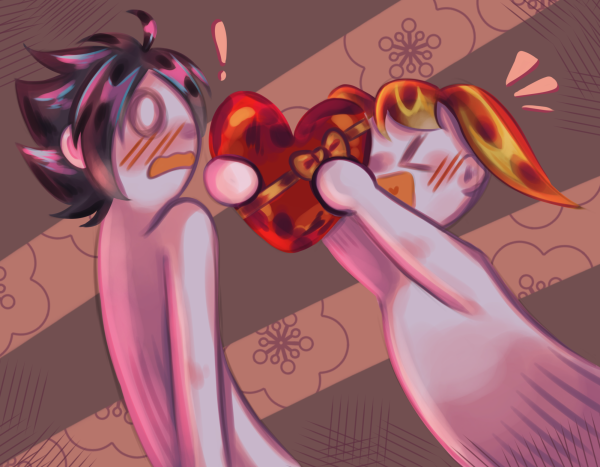
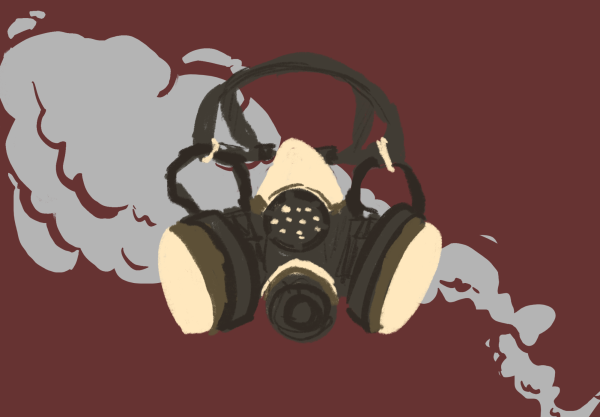
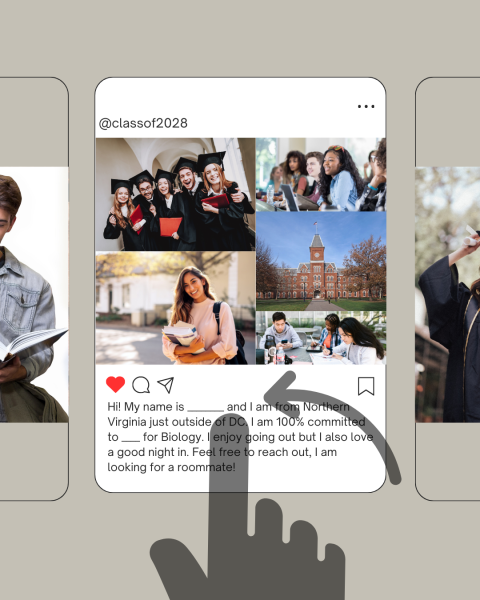
![Gracing stages, football games, and even the big screen, Taylor Swifts popularity doesn’t seem to be declining anytime soon as she’s been almost everywhere on social media, and just this December, [Swift] won TIME Magazine’s Person of the Year award. This brought along magnificent pictures of Swift, articles praising her, and some controversy between Swifites (Swifts most devoted fans), and other people on whether or not she should have won this award.](https://theblazerrhs.com/wp-content/uploads/2024/04/taylor-swift-person-of-the-year-1-547x600.png)
